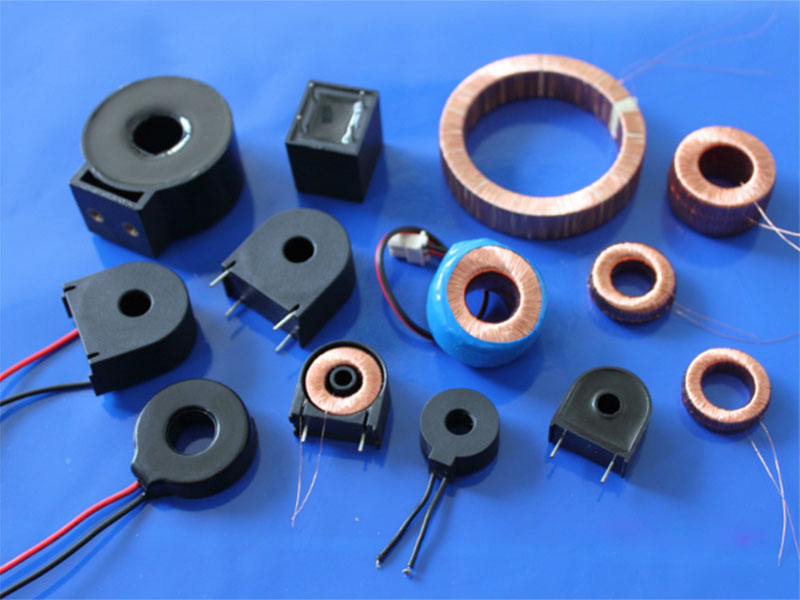What are the adverse effects of an open circuit on a running current transformer?
May 13, 2024Why can't the current transformer be opened when it is running? What is the principle? What are the adverse effects of opening a circuit?
Most welders often hear this sentence: "The secondary side of the current transformer cannot be open-circuited, and the secondary side of the voltage transformer cannot be short-circuited." At work, everyone must regard this as the "Quran". When disassembling the secondary line of the current transformer, first add a short rotor or short wiring to connect the secondary side, and then perform surgical removal or wiring work. , Only in this way can the safety of the person be guaranteed, which is a very appropriate approach. When I removed the current wire of the electric meter before, I encountered a situation where the wiring was not firm and the terminals were crackling with charge and discharge. So why can't the secondary current transformer be open circuited? What is the principle? What adverse effects will it cause? The following is a detailed analysis for everyone, I hope everyone can understand it.
When the current transformer is working normally, the load connected to the secondary coil is an ammeter or meter current coil and a smart transmitter, etc. The impedance of these coils is not large, and most of them operate in short circuit conditions. Fault conditions. In this case, the magnetic flux generated by the primary current of the current transformer and the secondary coil current cancel each other, keeping the magnetic flux density in the core at a moderate level, usually at a few tenths of a Tesla ( The unit of magnetic flux density: T), because the secondary coil resistor is not large, the operating voltage of the secondary coil is also very low.

Under normal operating conditions, the magnetic fluxes of current transformers cancel each other, and the relative density of the magnetic fluxes is not large. When the secondary winding of the current transformer is open-circuited, if the primary current does not change, the secondary circuit is broken, or the resistor is very large, then the current on the secondary side is 0, or very small, and the secondary coil Or the magnetic flux of the iron core is not large and cannot offset the primary magnetic flux. At this time, all the primary current turns into self-induced electromotive force, saturating the iron core. This change is sudden, called a sudden change, and its magnetic flux density reaches several Teslas.
Adverse effects of secondary open circuit of current transformer
When this kind of situation occurs, it will cause the following adverse effects:
1. The second generation of thousands of volts of voltage (this has not been certified, it is a copied theory), the high voltage will penetrate the insulation layer of the current transformer, causing the entire substation equipment casing to be induced and electrified, and will also It will cause electric shock accidents to maintenance workers and threaten their lives.
2. A sudden change in the saturation state of the iron core will increase the core loss of the voltage transformer, and the iron core will become hot and damage the voltage transformer.
3. The saturated iron core of the voltage transformer is in a saturated state, the measurement calibration is inaccurate, and the CT ratio difference and angle difference increase.